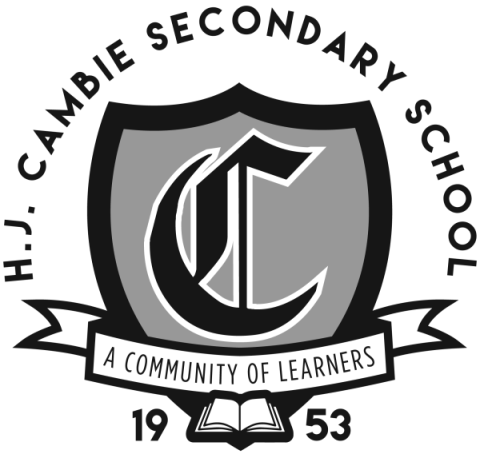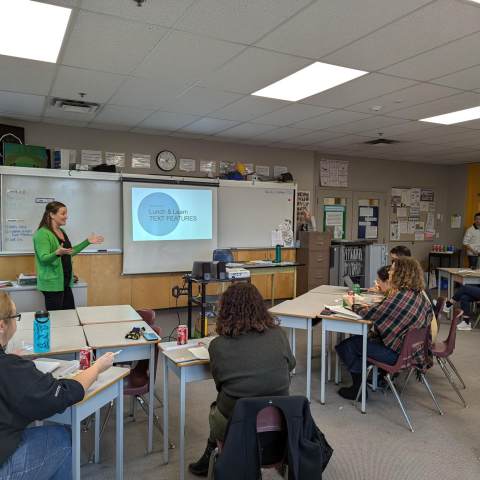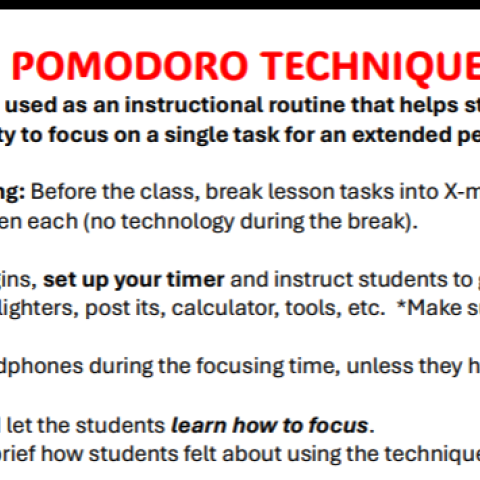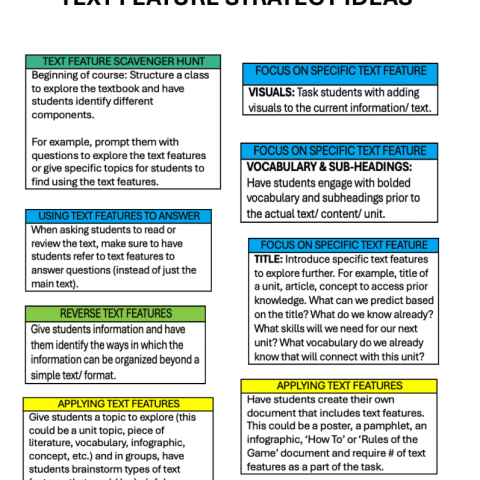Building Stronger Readers and Writers at Cambie Secondary
In British Columbia, the Graduation Literacy Assessments (GLA) and Graduation Numeracy Assessments (GNA) are key milestones for students in Grades 10 and 12. The GLA evaluates reading comprehension, critical thinking, and writing skills, while the GNA tests problem-solving and mathematical reasoning in real-world contexts. Success in these assessments reflects a student’s ability to communicate effectively and tackle complex challenges—skills essential for life beyond high school. At Cambie Secondary, we recognize that strong literacy and numeracy are the foundation for academic achievement and future opportunities. This year, we’ve made improving these skills our school story focus because we’ve noticed some students, particularly in Grade 8, need extra support to build confidence and competence early on.
Enter our new Literacy and Numeracy teacher, Stephanie Paukov, who’s leading the charge with innovative strategies to boost reading, writing, and comprehension across all grades. From guided reading to tiered vocabulary (day-to-day, classroom-specific, and unit-specific terms), we’re helping students engage with language in meaningful ways. Teachers have jumped on board with tools like command terms posters—tailored to each department—and engagement strategies like subtitles in PowerPoint presentations. In November, we emphasized the importance of text features, recognizing that students already interact with textbooks and graphic novels outside of school. February brought a focus on engagement techniques, such as the Pomodoro method, which several teachers implemented immediately. Our goal? To create a cohesive literacy experience that connects learning across classrooms and prepares students for assessments like the GLA—and beyond. Stay tuned as we continue this journey!



